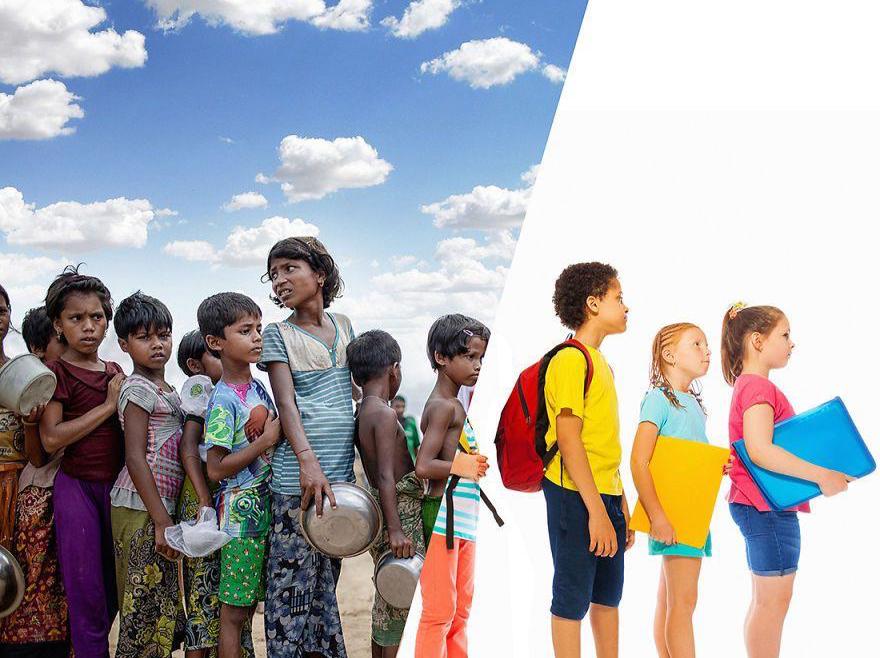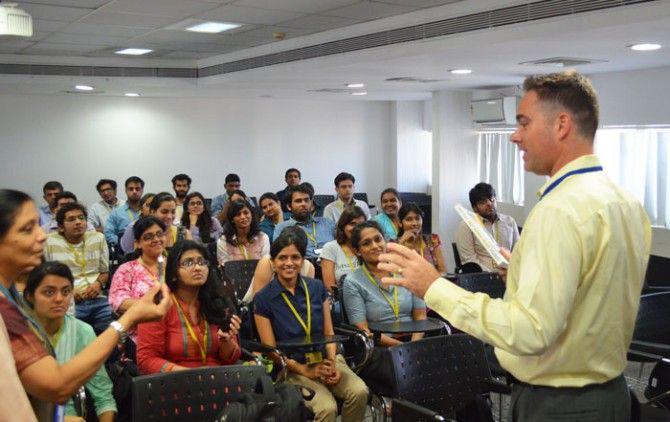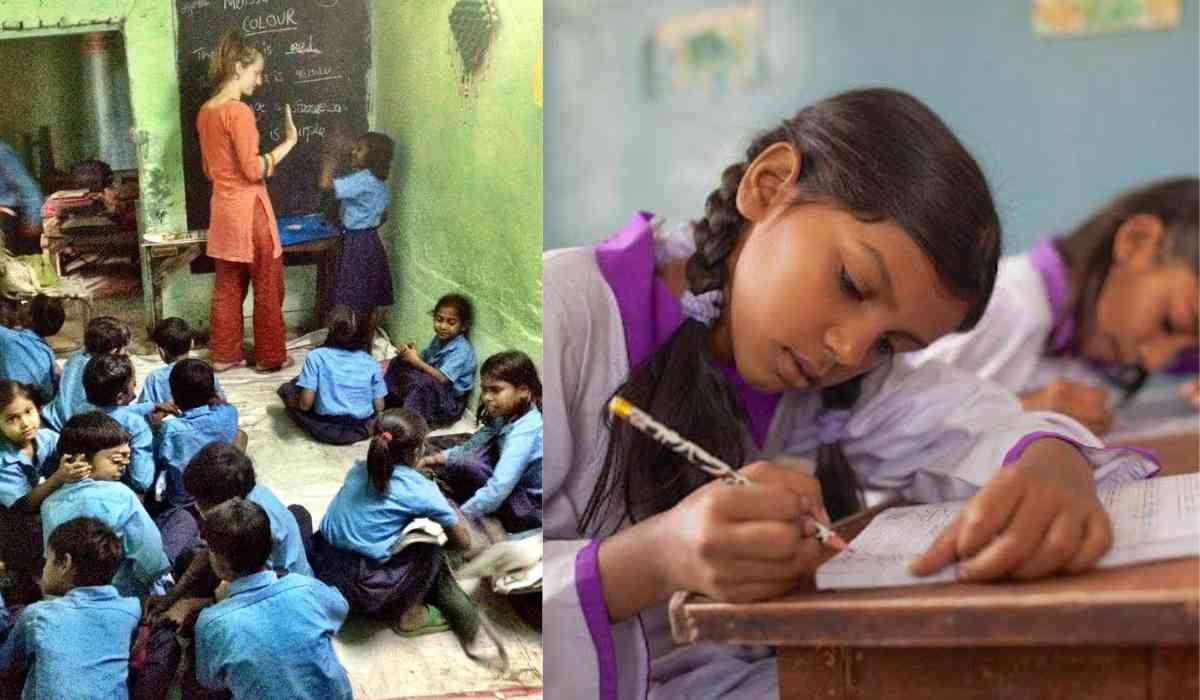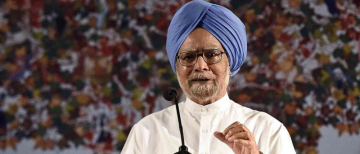India as a country has the highest number of young people in the world, it becomes the responsibility of the Government to provide education to the youth especially girls and the marginalised sections, because educated people are the Future of any country. Education is a powerful tool to shape an individual by expanding knowledge, skills, and values. It helps in the overall development and enhancement of an individual and the country. However, With the largest number of higher education institutions globally, India still struggles with deep rooted problems and challenges in its Education System. But there exists some solutions and Opportunities for India in regards to the Improvement of the Education System.
Challenges in Indian Education
1. Unequal Access to Education:
- India faces a major education challenge, especially in rural areas i.e Unequal access to Education. Students experience high dropout rates due to social and economic factors. Disparities between urban and rural education persist, with inadequate infrastructure and resources. Marginalised communities face barriers, girls encounter societal pressures, and rural areas lack resources.
- Higher education accessibility is hindered by limited seats, intense competition, and financial barriers, particularly for disadvantaged students. Moreover Private schools that have quality of education are often extremely unaffordable for the poor.
- English rather than Regional languages are often prioritised in the Indian education system. English is favoured as the primary medium of instruction. This inclination towards English creates obstacles for students in rural areas, government schools, or those lacking proficiency in the language, hindering them to understand the intricate concepts.

Solution
- To enhance education outcomes for marginalized groups, it's vital to tackle social and cultural obstacles like child marriage, gender discrimination, and caste-based bias, which act as an obstacle in equal access to education, this can be through through affirmative action, awareness campaigns, and community involvement. For instance, Government efforts like the Right to Education Act are needed to ensure equal access.
- It is essential to address regional and language disparities in education access within the diverse linguistic landscape of India. Providing education in local languages can contribute to a more inclusive educational experience.
2. Expensive Higher Education:
- High costs associated with specialised institutions and colleges, such as the Rs. 2 lakhs per semester fee for an MBA at IIM, and expensive IITs, make higher education unattainable for many.
- The profit-oriented privatization of advanced education is a key factor in increase in dropout rates, emphasizing the financial barriers to pursuing higher education.
- The high costs of higher education in India drive many talented individuals to seek opportunities abroad, contributing to brain drain as they pursue more affordable or scholarship-supported options in other countries. This trend depletes India's intellectual resources and highlights challenges in ensuring widespread access to quality higher education.
Solution
- To tackle brain drain from expensive higher education, implement robust scholarship programs, reduce tuition fees, and enhance research opportunities.
- Create an environment fostering innovation and competitive salaries to incentivize individuals to pursue advanced education within the country. Invest in improving the quality and accessibility of higher education institutions.
- Collaboration between the government and the private sector offers a solution to the challenges of expensive education. By working together, they can address access issues and enhance the quality of education by leveraging expertise and resources. As government spending on education has decreased, private sector involvement becomes crucial, as highlighted by Oxfam India.

3. Old Curriculum of Study and Lack of Practical Knowledge:
- Outdated curricula in Indian education, with 90% of universities having obsolete syllabi, hinder employability and contribute to high unemployment rates.
- Urgent government involvement is needed to update curricula, aligning education with the dynamic demands of the job market.
- Lack of practical, industry-relevant courses for students to excel in their fields.
Solution :
- Revamping the curriculum and assessment methods is essential for the Indian education system, which is often criticized for its emphasis on rote learning. Shifting towards a model that prioritizes critical thinking, problem-solving, and creativity is imperative.
- Promoting vocational education provides a practical solution by equipping students with skills that enhance employability, aligning with the National Skills Development Corporation's report on the need to skill 103 million workers by 2022 to meet the demands of India's growing economy. This collaborative approach can make education more accessible, affordable, and aligned with the skills required in the workforce.
4. Infrastructure and Resources
- Insufficient funding and improper resource allocation pose significant hurdles in the Indian education system. Many educational institutions grapple with inadequate infrastructure, outdated teaching materials, and limited access to technology.
- The consequences are profound, impacting India's future development and global competitiveness. A subpar education system undermines graduates' employability, stifles innovation, and perpetuates socio-economic inequalities.Without addressing these challenges, India risks lagging in the increasingly knowledge-based global economy.
- Basic infrastructure and resources like classrooms, libraries, and playgrounds are lacking in many Indian schools, compromising students' overall learning experience and hindering a conducive environment for education.
Solution:
- To enhance school infrastructure in India, it is crucial to boost government funding dedicated to improving facilities like classrooms, libraries, and playgrounds.
- Additionally, fostering collaboration through public-private partnerships is essential. By encouraging joint efforts between the government and the private sector, resources can be mobilized efficiently for the construction and maintenance of school facilities.
- The efficient resource allocation is another solution.
5. Limited access to technology
- The integration of technology into the curriculum is hindered by a lack of knowledge, prioritisation, and timing constraints.
- Inadequate infrastructure, particularly in rural areas lacking electricity and fast internet connectivity, hampers access to digital resources.
- Insufficient training for educators on technology-oriented teaching exacerbates the issue, with a mindset favoring traditional methods.
Solution:
- Harnessing technology has the capacity to transform the education landscape in India.
- Government initiatives like the Digital India campaign and the National Education Policy 2020 emphasise leveraging technology to enhance both access and quality of education.
- The integration of technology holds the promise of narrowing the urban-rural education gap, fostering interactive and engaging learning experiences for students.
6. Lack of Quality teachers
- India grapples with a shortage of skilled and motivated educators, as teaching is often perceived as unattractive due to low salaries and limited professional development.
- This shortage of qualified teachers, especially in rural areas, compromises the learning experience for students.
- The urgency for teacher development is underscored by a NITI Aayog report, which indicates that just 60% of teachers in India have received any in-service training, emphasizing the demand for expanded teacher development programs.
Solution:
- To tackle this, there's a need for investment in teacher training, improved working conditions, and recognition of teachers' crucial role in shaping young minds.
- Enhancing the quality of education necessitates regular, high-quality training for teachers, ensuring they stay abreast of contemporary teaching methods and technologies.

Opportunities in Education Institutions
1. Entrepreneurship Education
- Entrepreneurship education is instrumental in preparing students with vital skills and knowledge for entrepreneurial pursuits, contributing not only to their personal success but also playing a substantial role in economic growth.
- This involves the implementation of focused courses and training programs aimed at nurturing the mindset and capabilities essential for initiating and managing businesses. In the field of education, there is an emerging trend of entrepreneurship, with startups introducing innovative solutions to address diverse challenges, including personalised learning, adaptive learning, and teacher training in India.
2. Government Initiatives
- Monitoring government policies and initiatives in education unveils opportunities for private-sector engagement in projects aimed at enhancing the overall educational landscape.
- Key education initiatives in India by Indian government encompass Sarva Shiksha Abhiyan for primary education, Rashtriya Madhyamik Shiksha Abhiyan for secondary education, National Skills Development Mission for skill training, Digital India for digital empowerment, Rashtriya Uchchatar Shiksha Abhiyan for higher education, Samagra Shiksha Abhiyan for comprehensive education, and Pradhan Mantri Innovative Learning Program for quality education with a focus on innovation.

3. Technological advancements
- Leveraging technology in education in India presents a transformative opportunity by overcoming geographical constraints.
- Online and distance learning break down barriers, providing widespread access to education, especially for learners in remote areas. This not only promotes inclusivity but also accommodates diverse needs through flexible learning schedules.
- Moreover, technology integration fosters interactive and engaging learning experiences, creating a dynamic educational environment that aligns with the evolving demands of the 21st century.
- Embracing the increasing use of technology allows for its seamless integration into the education system, enhancing interactivity and engagement through online platforms, digital resources, and e-learning tools.
4. International collaboration
- The increasing trend of international collaborations among Indian universities presents a significant opportunity in education. These partnerships create pathways for students and faculty to gain from diverse perspectives, advanced resources, and global academic standards.
- Through joint research projects and faculty exchange programs, a more enriched learning environment is cultivated, fostering innovation and excellence. The synergy between institutions on a global scale elevates the overall quality of education, equipping students for a more interconnected and competitive world.
- Indian universities are progressively engaging in collaborations with international counterparts, offering enhanced opportunities for both students and faculty. Such collaborations can lead to joint research initiatives, resource-sharing, and faculty exchange programs, ultimately contributing to an elevated standard of education.
5. Research and Development
- Enhancing the effectiveness and quality of education demands increased research and development within the education system. Collaborative efforts between universities, research institutes, and the government are vital to achieving this goal.
- By fostering a culture of research and development in education, it becomes possible to identify and tackle the root causes of issues within the system. This approach can subsequently lead to evidence-based policy decisions, contributing to continuous improvement in education.
All these Challenges and Opportunities in Indian Education have been considered in the Newly launched ‘New Education Policy’ 2020 by the Government of India. More about the NEP :
The New Education Policy 2020
The National Education Policy (NEP) in India, approved by the Parliament in 2020, is a significant step toward transforming the education system. With a focus on aligning with global development goals, the NEP introduced progressive reforms across the education ecosystem, including assessment systems, teacher development, and quality assurance in Higher Education Institutes (HEIs).
The policy emphasises opportunities for international collaboration, gender equality, multilingual education, and creative learning. Key aspects include pre-school education, gender parity, mother tongue-based learning, and the integration of arts with science and technology.
The NEP provides openings for collaboration between the UK and India in various areas, including research, capacity building, and curriculum design. For tertiary education, the NEP outlines plans for internationalisation, collaborations, student and faculty exchanges, and inclusive education. The British Council, with its expertise and networks, is well-positioned to support these opportunities and contribute to the NEP's success.
©️ Copyright 2023. All Rights Reserved Powered by Vygr Media.


























